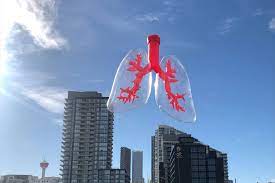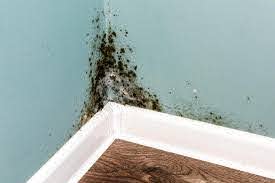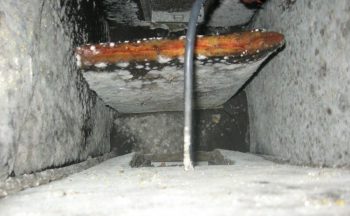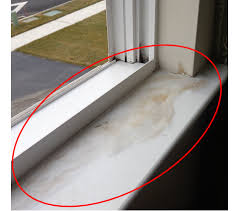 October 2024
October 2024
Mould grows unnoticed from microscopic size to become a serious health risk and cause of damage to building materials. Costs to repair mould damage can be enormous and heath risks unmeasurable. High-rise communities can spend more time and resources dealing with symptoms of mould rather than preventing it. Even the smallest occurrence can grow out of control if not addressed.
Your best defense is to know where to find mould and how to eliminate it before there is a problem.
Mould is a fungus that grows where there is a little moisture, air and food. Food for mould can be dead skin, wood, paper and synthetic materials. Once it begins to grow, or spread, it becomes visible within days while growing out of sight, spreading and reaching enormous proportions.
A favourite place for mould is inside fan coil units which offer high humidity and a food source which is insulation. These systems require little maintenance so it grows unseen. Any space where water leaks or moisture sits offers a hospitable environment. Fans that are part of an HVAC system blow mould into suites or deeper within a building. People inhale it without being aware and exhibiting symptoms.
Its danger to people makes mould a threat that should be addressed when first noticed. It can cause or exacerbate allergies, asthma attacks, rashes and respiratory difficulties with impacts more severe for those with weaker immune systems.
Recognizing that mould is a serious concern and focusing on prevention is more effective than waiting for it to become visible or apparent. Ignoring the problem and solutions only leads to greater risk, problems and cost. Management and residents should recognize that mould is a common issue, be on the lookout for it, and have a plan in place to respond when it is noticed.
HVAC specialists can implement measures to control the growth and spread of mould, and the damage it can cause.







